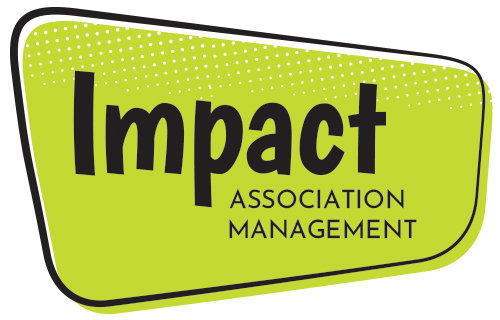Associations are typically managed in one of three ways, volunteers, an in-house administrator, or an Association Management Company. With volunteers and in-house administrators, you can run into several issues. Volunteers are treasured in associations and appreciated for the work they put in, however, they do not always have the capacity to put in the type of hours that most associations need to run properly and efficiently. They also might lack the knowledge and skills that can help the association grow rather than just staying afloat. In-house administrators can cost you a pretty penny to keep everything in order. They also have a limit to their skills. One person can only do so much and only has so many skills that can be applied to the association's management.
Association Management Companies, on the other hand, can provide an assortment of benefits to the association while saving you money. Association Management Companies have a group of talented people whose primary focus is to grow and manage nonprofits. By working with a group or small team, you are provided the skill set of multiple people and professionals. In our office, if someone has a financial question, they turn to Heather. If they have an event planning question, they go to Tammy. This team dynamic is beneficial to clients because it allows them to have someone who is an expert on any association related topic at their fingertips.
AMCs also allow the volunteers to focus on strategy rather than details. Whether it is newsletters, managing financials, or sorting through the admin inbox, your AMC can handle it! This gives volunteers more time to think about the mission of the organization and ensure the group is staying on track.
Another benefit of working with an AMC is the buying power they have in the industry. Hotels, for example, know that if they provide excellent service and a good deal for a conference, the AMC will be more likely to consider them for future conferences with other clients. Because of this, your association can get room deals and discounts on other event related services. This benefit can expand past hotels; AMCs have connections with insurance providers, nonprofit attorneys, printing companies, and more!
Step back and look at how your association is currently running. Do you have volunteers up to their ears in work? Are you paying an in-house administrator for a job a team could do more efficiently? Is your current AMC a good fit? Evaluating how your association is being managed is the first step in improving your association, making members and the board happier.





